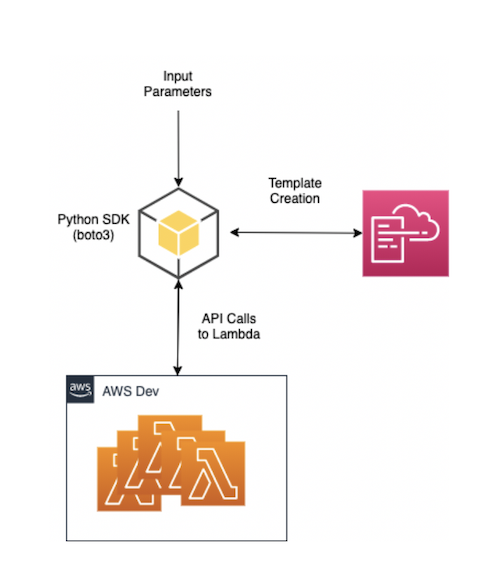AWS Cloud Operations Blog
Category: Management Tools
Enhancing workload observability using Amazon CloudWatch Embedded Metric Format
Builders who run their workloads on AWS have many needs. In order to best serve their own customers, they need access to a reliable platform on which to run those workloads. They need flexible compute options, scalable data storage, and robust networking. They must make their workloads both scalable and highly available. Builders also desire […]
Remediate drift via resource import with AWS CloudFormation
When it comes to restaurants, consistency is key. Being able to create a salad once is simple, but being able to recreate the exact salad multiple times tends to be more difficult. Little variances between them may cause issues, like too much or not enough salad dressing, ruining the balance of the composed salad. Infrastructure […]
Simplified Bring-Your-Own-License experience using AWS License Manager
AWS License Manager’s simplified Bring-Your-Own-License (BYOL) experience allows you to effectively govern and manage software licenses, such as Windows and SQL Server, that require a dedicated physical server. You can enjoy the flexibility and cost effectiveness of using your own licenses on Amazon EC2 Dedicated Hosts, but with the simplicity, resiliency, and elasticity of Amazon EC2. […]
Duplicating infrastructure on AWS
In large enterprise organizations, it’s challenging to maintain standardization across environments. This is especially true if these environments are provisioned in a self-service manner—and even more so when new users access these provisioning services. Once you have the resources deployed into an environment, it can be hard, or even impossible, to change it. In case […]
Improve governance and business agility using AWS Management and Governance videos
Curious to find solutions for managing your business on AWS? We always look at different ways to better serve our customers. One of the ways is to offer you video-based hands-on solutions addressing the common challenges faced by enterprises in managing and governing their AWS environments. Here’s a summary of videos published in AWS Management […]
How to execute Chef recipes using AWS Systems Manager
It’s exciting to see how many AWS customers are taking advantage of AWS Systems Manager to manage and deploy infrastructure configuration at scale. I have previously blogged about the benefits of using AWS Systems Manager with configuration management tools, including Ansible and Salt. Recent improvements to the configuration management functionality, has made the service even […]
Deploy Conformance Packs across an Organization with Automatic Remediation
AWS Config conformance packs help you manage configuration compliance of your AWS resources at scale – from policy definition to auditing and aggregated reporting using a common framework and packaging model. Many enterprises have multiple AWS accounts to manage their AWS infrastructure and demand an easy way to manage compliance policy definitions across their organization. […]
Using lifecycle events to track AWS Control Tower actions and trigger automated workflows
Many customers that I work with are creating and provisioning new accounts using AWS Control Tower. They prefer an AWS native solution for creating their environment knowing that it will be based upon documented AWS Best Practices. As customers scale their account creation, there exists an opportunity to use additional Control Tower features to perform […]
Building a fully automated Dow Jones Asset Tracking System on AWS
Dow Jones is a global provider of news and business information, delivering content to consumers and organizations around the world across multiple formats, including print, digital, mobile and live events. Dow Jones has produced unrivaled quality content for more than 130 years and today has one of the world’s largest news gathering operations globally. It […]
New features of Run Command: Copy to new, rerun, and CloudWatch Metrics
In this blog post, I cover new features of AWS Systems Manger Run Command that make deploying and testing automation at scale easier. AWS Systems Manager is a great platform to simplify the task of managing infrastructure at scale. One of the key features of this platform is Run Command, which enables automation of common […]








